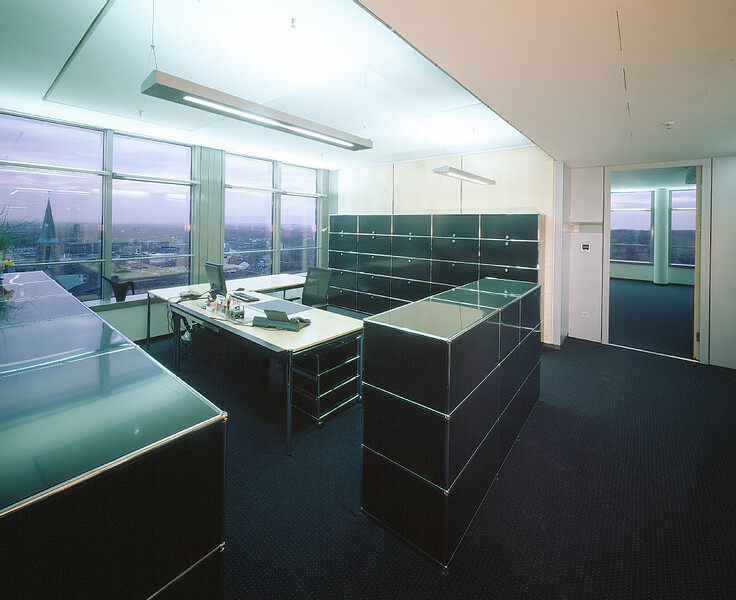Osram started a project named “SceneUnderLight”, with the University of Verona and the Istituto Italiano di Tecnologia (IIT) in Genova in 2015, aiming to response to the growing demand for maximum comfort and sense of security while granting large savings in energy consumption.
The German company and the Italian research institutions have combined advanced computer vision technology and lighting solutions to create the invisible light switch that estimates the light propagation in offices in real-time and computes how much of it is perceived by the people. Meanwhile, smart lighting control adjusts lighting autonomously based on the presence of people and on their position within the offices. Especially in large open-plan offices, farther away luminaires may be dimmed without altering the comfort of employees and their sense of security. With the system, users can save energy consumptions up to 65 percent.

(Image: Osram)
Fabio Galasso, head of the computer vision R&D activities at Osram, brought together the team consisting of Marco Cristani, heading the department of Vision, Processing and Sound of University of Verona, and Alessio Del Bue, head of the Visual Geometry and Modelling Lab of IIT. Since 2015, the project members have targeted two main goals, the understanding of the light and scene structure in an office as well as the understanding of the human factor in an illuminated scene.
IIT provided unique expertise in the 3D light estimation in large and complex office scenes, from color and depth images provided by a modern RGB-D camera. University of Verona brought in expert knowledge and design skills for estimating the gaze of people and their future motion with deep neural network model. Bringing the goal of the project – the invisible light switch for offices – into applications, would now be possible.












